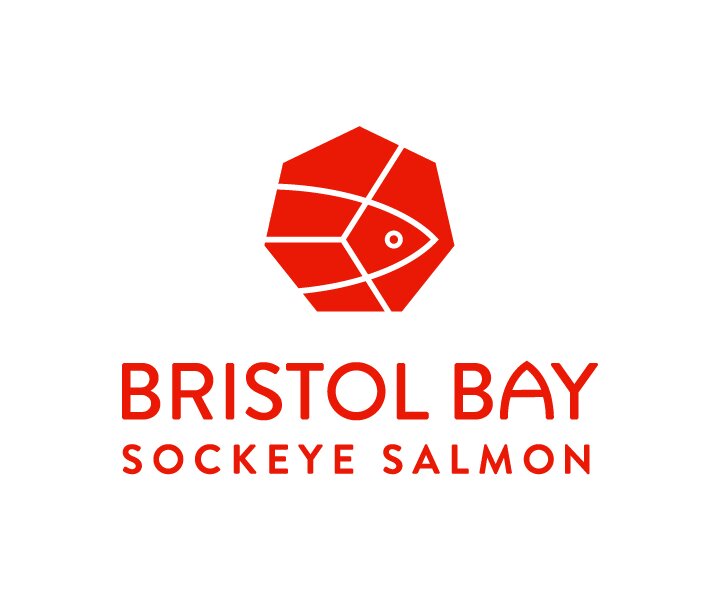Industry Lauds Record-Breaking USDA Seafood Purchase
/from Seafood News, by Peggy Parker
May 14, 2021
Within hours of Secretary of Agriculture Tom Vilsack’s announcement to purchase $70.9 million worth of seafood — the largest single purchase of seafood made in USDA’s history — industry groups released statements on the importance of the nation’s seafood industry to USDA’s food-assistance program.
“It’s good to see USDA recognize the importance of our essential workers as well as provide Americans with healthy seafood,” said National Fisheries Institute’s President, John Connelly. “NFI looks forward to working with the Agricultural Marketing Service (AMS) on this as they begin the procurement process.
“The seafood community and the 1.7 million Americans jobs along its value chain, has been hit hard by the pandemic from the men and women who work the water to processors, distributors and retailers and restaurants that offer seafood. Most of the links in that vital chain are small businesses that have struggled to survive. Help, like this, will greatly benefit recovery and help get Americans back to work,” Connelly added.
A baker’s dozen of food categories were selected for the program in this round, and six were seafood: Alaska pollock, Gulf of Mexico wild shrimp, West Coast pink shrimp, rockfish, sockeye salmon and whiting. A little less than half of the $159.4 million total purchase will be on seafood.
“The Southern Shrimp Alliance is thrilled to see the USDA’s inclusion of wild-caught shrimp in the agency’s efforts to support much-needed food assistance programs,” said John Williams, executive director of the Southern Shrimp Alliance. The group represents shrimp fishermen and processors of wild-caught shrimp in eight states along the Gulf of Mexico and south Atlantic. USDA has made $25 million available for the purchase of wild-caught, warm water shrimp.
The next highest level of funds for purchase is $20 million for Alaska Pollock. When Craig Morris heard the news yesterday morning, he texted “What wonderful news to wake up to for our industry!“ Morris is the executive director of the Genuine Alaska Pollock Producers in Seattle.
"It’s impossible to overstate how meaningful it is to our industry to see USDA doing its part to place a healthy, sustainable, nutritious, delicious, and domestically-produced protein, wild Alaska pollock, on the plates of those in need right now,” he said.
Leigh Habegger of Seafood Harvesters of America (SHA), also expressed support on USDA'S decision.
“We applaud Secretary Vilsack’s commitment to purchasing seafood to distribute through USDA’s food assistance programs. The seafood industry witnessed demand plummet for our products and this purchase will play an important role in helping our fishing businesses and coastal communities recover from the severe impacts of the pandemic,” noted Habegger.
“We encourage USDA to continue purchasing domestically harvested seafood products so that we can continue to supply nutrient-rich, sustainable seafood protein to our fellow Americans through the USDA food assistance programs. As a global leader in managing our nation’s fisheries, we are proud to harvest sustainable seafood and contribute to the food security of our nation,” Habegger said.
Bristol Bay, the world's largest source of wild sockeye salmon, is gearing up for another annual return of 50 million salmon, which is expected to produce a catch of 36.35 million sockeye in the Bay this year. The season opens June 1 by regulation and reaches peak fishing for a few weeks in early July.
"Bristol Bay fishermen applaud the USDA's historic seafood purchase. This will provide struggling Americans with excellent food and support our country's seafood industry, which has faced huge challenges during the COVID-19 pandemic," said Andy Wink, Executive Director for the Bristol Bay Regional Seafood Development Association.
"Seafood, and especially sockeye salmon, is an incredible source of nutrition that can support healthy bodies and minds," said Wink. "It's great to see the USDA get even more proactive about helping Americans get their recommended two servings of seafood per week."
Pacific Seafood Processors Association's executive director Chris Barrows agreed and added "We've encouraged USDA to more holistically incorporate U.S. seafood into USDA programs.” PSPA represents shore-based and at-sea Alaska processors.
“Historical news from USDA indeed and for U.S. seafood overall,” Barrows said. “We hope this prominent inclusion of U.S. seafood among other food commodities in this historical USDA announcement is the start of even more inclusion of U.S. seafood in USDA purchase programs.”




